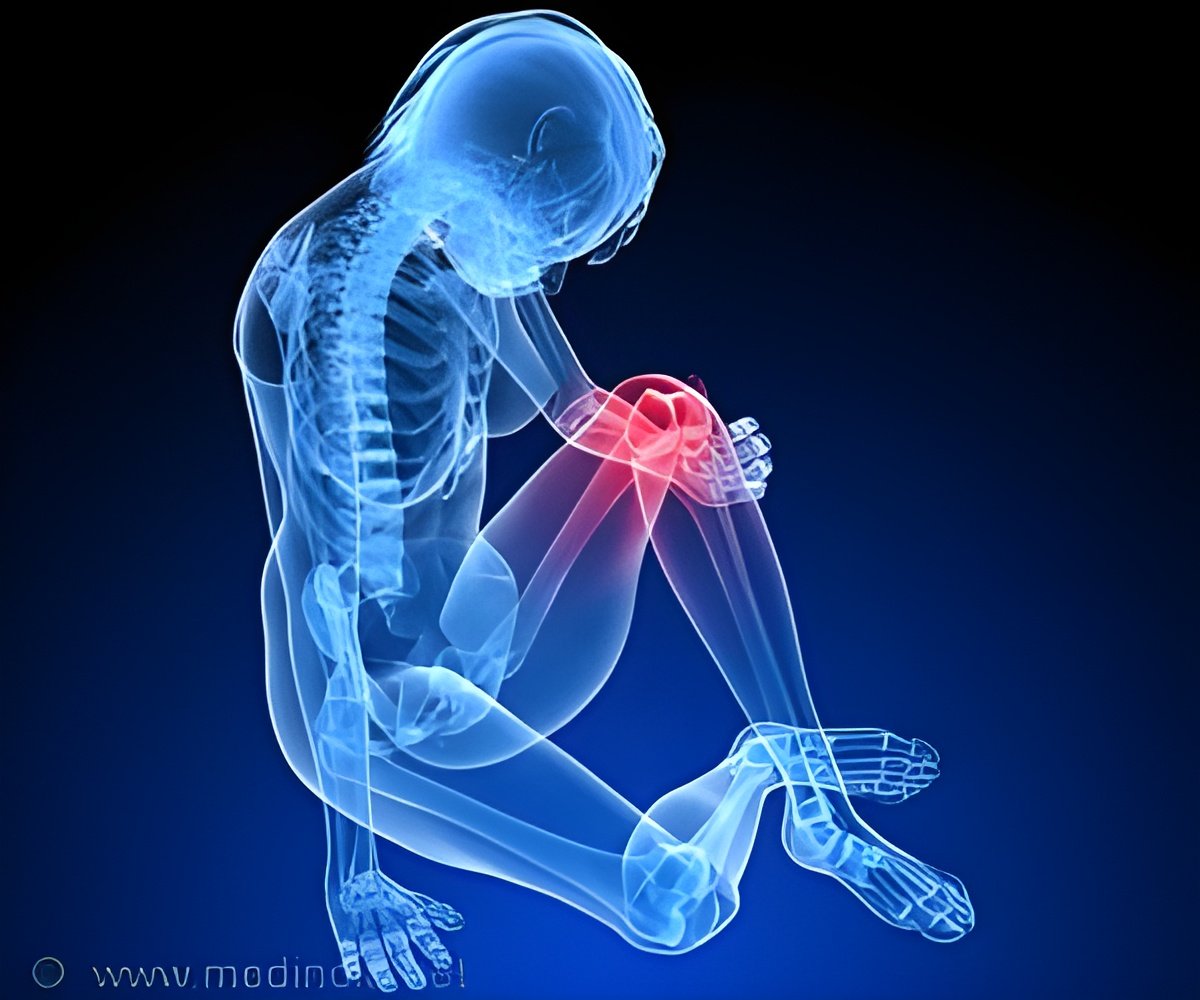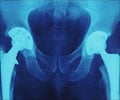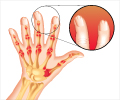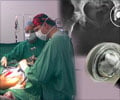The new chip uses mechanical stress, representing one of the factors that are most closely connected to the development of osteoarthritis.

TOP INSIGHT
Over the age of sixty, 10% of men and 20% of women will suffer from its effects, numbers which unfortunately are set to increase due to the current rate of population ageing.
Indeed, appropriate compression of the cartilaginous tissue can induce typical symptoms of OA: inflammation, hypertrophy and an acceleration of degenerative processes. Therefore, in the cartilage "on a chip" an ideal environment is created in which to test the effectiveness and mechanisms of pharmacological treatments, shortening the timeframes and costs of experimentation while also reducing the need for animal testing.
Osteoarthrosis is the most common among musculoskeletal pathologies. However, despite this trend, patients find themselves facing a complete lack of pharmacological therapy, known as DMOADs (Disease modifying Osteoarthritis Drugs): pharmaceuticals, that is, which are capable of not only alleviating the symptoms but also halting or reversing the degenerative processes. In fact, currently the only valid options are palliative treatment or surgery.
The development of effective drugs was hindered by an absence of experimental models that could adequately replicate the pathology.
Up until now the most common approach to reproduce OA in vitro has been based on administering high doses of molecules into cartilage explants, capable of inducing an inflammatory response and some form of catabolism. Yet the OA obtained in this manner can only partially represent the final symptoms, instead of demonstrating the pathological process in real time. The new chip, on the other hand, uses mechanical stress, representing one of the factors that are most closely connected to the development of OA, and is thus more realistic and more effective in its development and pharmacological screening procedures.
Source-Eurekalert
 MEDINDIA
MEDINDIA




 Email
Email










